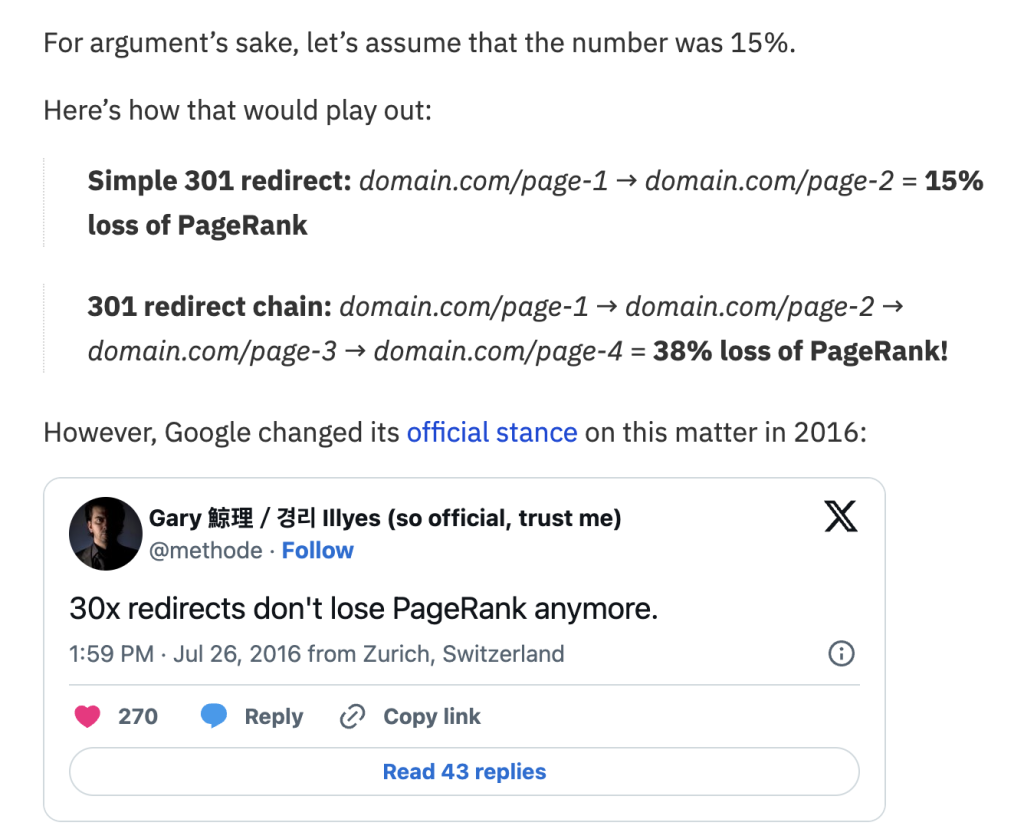SEO migration is a critical process that involves transferring a website from one domain to another, changing the URL structure, switching platforms, or making substantial updates to the content or design. This complex process can significantly impact a website’s search engine rankings and user experience if not executed meticulously. Drawing from extensive experience in high-profile SEO migrations, such as the Science Museum and the London School of Economics (LSE), this article provides a detailed roadmap for managing SEO migrations effectively.
Before initiating any migration, a thorough audit of the current site is crucial. This includes analysing existing traffic, rankings, and overall SEO performance. For example, when we worked on the LSE site migration, careful consideration was given to understanding the causes behind significant traffic drops, which often stem from seasonal updates, algorithm updates, manual penalties, or technical issues.
1. Audit the Site: An in-depth site audit is crucial to understanding the current SEO landscape of the website. This involves reviewing traffic patterns, keyword rankings, and backlink profiles to pinpoint both the strengths and weaknesses of the existing SEO strategy. Additionally, it’s beneficial to explore historical versions of the website using the Wayback Machine. This approach helps in identifying pages that may no longer be live but are still indexed by Google. Such pages, especially if they hold valuable content or rankings, should be either reinstated or properly redirected in the new site structure. This step ensures that no SEO value is lost inadvertently during the migration.
2. Check Backlink Profile: Thoroughly analyse the backlink profile to ensure that incoming links are maintained and continue to contribute positively to the site’s SEO. This includes checking for redirect chains among the backlinks. Ideally, all backlinks should point directly to a page that returns a 200 HTTP status code, ensuring that the full value of the link is preserved. From our experience, it’s crucial to minimize the number of redirects a backlinked page goes through.
A single 301 redirect can lead to approximately a 15% dilution in PageRank, and if a link passes through multiple redirects – this apparently changed in 2016 but we still think there is a drop and the cumulative loss can be significant.
e.g., page → 301 (-15%) → 301 (-38%)

To maintain the integrity of these links, plan and implement a strategy where most backlinks are redirected once at most, directly to the new URL structure, thereby mitigating PageRank dilution.
3. Technical Assessment: Conduct a comprehensive review of the server logs to identify any crawling errors or patterns that might indicate underlying issues. This step is vital for ensuring the health and accessibility of the site. Additionally, examine the site’s internal linking structure to ensure that all links are functional and logically organised, supporting both user navigation and SEO. Assess the use of canonical tags to avoid duplicate content issues and verify that existing redirects are set up correctly.
It’s important to address any unnecessary or incorrect redirects that could lead to chain issues after migration. Correctly mapping old URLs to new ones and ensuring that redirects are implemented cleanly will play a crucial role in maintaining the site’s authority and user experience.
The technical and strategic preparations for an SEO migration are as crucial as the migration steps themselves. To ensure a controlled and predictable transition, several key documents and preparations need to be meticulously crafted and followed:
Create a comprehensive URL mapping lists all current URLs alongside their new counterparts. This reaserch is essential for implementing and verifying redirects, ensuring that every URL is accounted for, and preventing any loss of SEO value due to missing pages or incorrect redirections.

We usually prepare two Excel spreadsheets to validate the new site:
We draft a detailed document outlining all technical requirements and changes, including server configurations, DNS changes, CDN considerations, and any changes to website architecture.
This document should also detail the setup of the staging environment and outline the steps for the final migration, serving as a guide for both the development team and stakeholders.
We capture screenshots or generate reports of the current traffic state using analytics tools like Google Analytics. This data will serve as a benchmark to compare post-migration performance and quickly identify any deviations in traffic patterns that could indicate issues with the migration.
We produce a document detailing current keyword rankings from tools like Google Search Console, Ahrefs, or SEMrush. This report tracks important keywords and their current positions, providing a clear baseline to measure the impact of the migration on SEO performance.
During the actual migration, attention to detail is critical. When we managed the LSE site migration, meticulous care was taken to update all internal links, 301 redirects, canonical tags, and sitemaps. It took us over 12 months to get everything right.
Post-migration, verify that all elements have been transferred correctly. Use tools like Screaming Frog or SEMrush to crawl the new site and identify any missing elements or broken links.
Maintaining an SEO-friendly site post-migration involves regular updates and adjustments based on ongoing analytics and feedback. The process is continuous and requires a dedicated team to monitor performance and make necessary changes.
SEO migration, when done correctly, can significantly enhance a website’s performance and search engine rankings. Each phase of the migration process, from pre-migration checks to post-migration support, requires meticulous planning, execution, and monitoring. Drawing from our experiences with high-profile clients like the Science Museum and LSE, we understand that a successful migration hinges on attention to detail, comprehensive planning, and continuous optimization.
Remember, the goal of any SEO migration is not just to maintain the status quo but to improve upon it, ensuring that the new site delivers a superior user experience and enhanced SEO performance.
